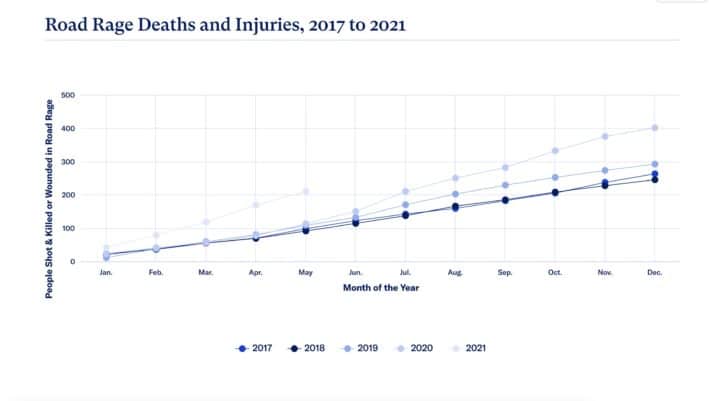This Dr. Axe content is medically reviewed or fact checked to ensure factually accurate information.
With strict editorial sourcing guidelines, we only link to academic research institutions, reputable media sites and, when research is available, medically peer-reviewed studies. Note that the numbers in parentheses (1, 2, etc.) are clickable links to these studies.
The information in our articles is NOT intended to replace a one-on-one relationship with a qualified health care professional and is not intended as medical advice.
This article is based on scientific evidence, written by experts and fact checked by our trained editorial staff. Note that the numbers in parentheses (1, 2, etc.) are clickable links to medically peer-reviewed studies.
Our team includes licensed nutritionists and dietitians, certified health education specialists, as well as certified strength and conditioning specialists, personal trainers and corrective exercise specialists. Our team aims to be not only thorough with its research, but also objective and unbiased.
The information in our articles is NOT intended to replace a one-on-one relationship with a qualified health care professional and is not intended as medical advice.
Study: Violent Road Rage Is on the Rise
March 28, 2022

With the past two years posing a whole new set of stressors that an already chronically stressed society has had to adapt to, it’s easy to feel overwhelmed and emotional at any given time. Unfortunately, those emotions can often turn ugly when we’re behind the wheel, and as new research shows, sadly, road rage is on the rise in the United States.
In fact, according to a survey conducted by the AAA Foundation for Traffic Safety, “nearly 80 percent of drivers expressed significant anger, aggression or road rage behind the wheel at least once in the previous 30 days [of the time of the survey].”
Here’s what else the survey revealed. Drivers engaged in:
- Aggressive driving by switching lanes quickly/or very close behind another car: 26 percent (57 million drivers)
- Made rude gestures or honked at other drivers: 32 percent (71 million drivers)
- Driven 15 mph over the speed limit on a freeway: 48 percent (106 million drivers)
- Driven through a red light: 31 percent (68 million drivers)
- Passed in front of a vehicle at less than a car length: 22 percent (49 million drivers)
- Sped up when another vehicle tried to overtake you: 25 percent (55 million drivers)
- Followed vehicle in front of you closely to prevent another vehicle from merging in front of you: 34 percent (75 million drivers)
- Merged into traffic even when another driver tries to close the gap between vehicles: 28 percent (62 million drivers)
Even worse, violent road rage incidents that involve a gun have risen dramatically since the calendar flipped to the year 2020, making an already dangerous situation that much more scary and potentially even lethal.
Study Findings: Road Rage on the Rise
Gun violence has continued to be a major issue in the U.S., and added stress has only escalated the situation. Everytown for Gun Safety, a nonprofit organization dedicated to gun safety, set out to see how gun violence has infiltrated the roadways, particularly in the past two years.
With that, study authors Sarah Burd-Sharps, Everytown’s director of research, and Kathryn Bistline, the organization’s principal research scientist, analyzed the Gun Violence Archive’s database relating to road rage incidents involving a gun. What they found was alarming:
- From 2020-21, there has been an average of 42 people per month shot and killed or wounded in road rage shootings.
- A person was shot and injured or killed in a road rage incident about every 18 hours in 2021, up from about 22 deaths and injuries from such incidents the four years prior.
- From 2016-19, about a third of road rage incidents involving a gun ending in injury or death. From 2020-21, that rose to half of such incidents resulting in injury or death.

Ultimately, Burd-Sharps and Bistline concluded, “There’s still more research to be done on road rage shooting incidents, but one thing is clear: These trends don’t seem to be slowing. That’s why action from policymakers to prevent gun violence is more urgent now than ever.”
How to Stay Calm Behind the Wheel
It’s vitally important to remain composed while driving, and one of the best ways to do that is to keep stress in check before getting behind the wheel.
Here are some stress relievers and other natural ways to relieve stress:
- Practice yoga.
- Spend time in nature.
- Meditate.
- Exercise.
- Eat a healthy diet.
- Try stress-busting supplements, such as modified citrus pectin and honokiol.
- Get acupuncture.
- Keep a journal.
- Use essential oils and adaptogen herbs.
- Utilize other forms of therapy.
The AAA Foundation for Traffic Safety also provides the following tips for avoiding aggressive driving and road rage:
- Don’t offend. Avoid cutting people off, driving slowly in the left lane, tailgating and making gestures toward other drivers.
- Don’t engage. When someone else is raging at you, give them room, avoid eye contact and call the authorities if someone is antagonizing you on the road.
- Adjust your attitude. Don’t try to “out-rage” another driver on the road in order to “win” the spat. Be empathetic, putting yourself in the other person’s shoes, and if you think you have a road rage problem, ask for help and seek anger management treatment.
Conclusion
- Research from AAA and Everytown for Gun Safety shows aggressive driving and road rage are on the rise.
- Worse yet, road rage resulting in gun violence has risen since 2020, with an average of 42 people getting shot and wounded or killed per month in road rage incidents.
- It’s best not to get behind the wheel when you’re overly stress. Try to relieve stress and calm your nerves before driving.
- In order to avoid road rage incidents, AAA suggests you don’t offend, don’t engage and adjust your attitude while driving.




